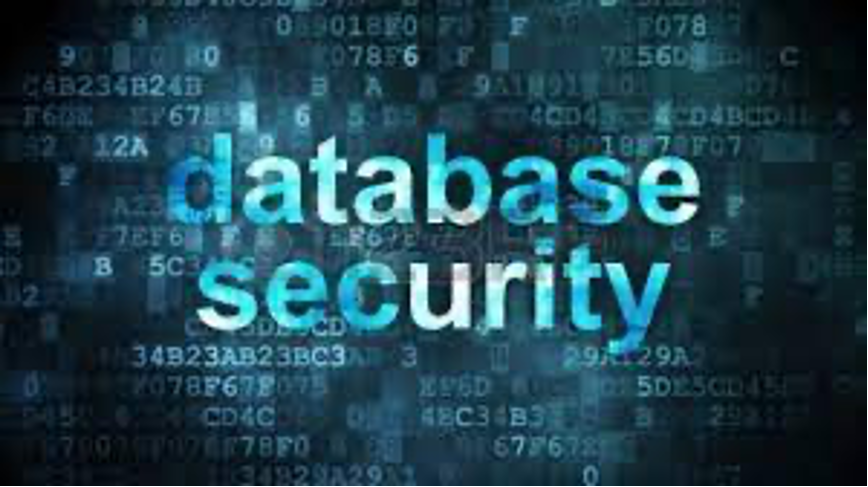Whether you are storing application forms of university students, information about your inventory as a medium-sized business, or the resumes and credentials of high-level employees in a multinational company, in all settings the database is a vault of extremely valuable data. Just like how in the olden day's people would go to great lengths to protect their vaults and keep their wealth safe, today people spend their time and resources in protecting their resources.
However they are not only dealing with local threats, rather they are protecting their valuable information from a global pool of cybercriminals. More importantly, keeping information safe is not just about how well you can protect it from attackers, but also how efficiently you can design your systems to increase security. While physical vaults can be secured with additional layers of insulation and higher-quality locks, protecting a digital database is slightly more complicated.
-
Credential Threats
A lot of businesses are now remote and employees are relying on accounts for various services to get their job done. While there is nothing wrong with having multiple accounts, the problem is when people use the same credentials for different services. This gives rise to the problem that if one account is compromised or if the credentials of one account are exposed, all other accounts can also be accessed.
This is more alarming for the business that the person is connecting to because once the account has been hacked, the attacker can access to business network and do whatever they please, masked as an employee. Moreover, people tend to use weak passwords. When confronted with the latest brute force attacks and phishing strategies, these are easy bits of information for an attacker to crack.
-
System Threats
There are a lot of facets to any database and each one can be compromised by an attacker to gain entry. One of the most common ways to gain access to a database is through SQL Injections. Essentially, the attacker tries to exploit weaknesses in the web applications that the organization uses. This could end in the attacker controlling the web application or they could dive deeper into the actual database.
-
Privilege Threats
Different accounts will have different levels of access or privilege that they are granted by admins. However, in some cases, users can be allotted unnecessary amounts of privilege by accident. In some cases, this is a genuine human error but in other cases, it is a more intentional act and the motive for this is not so sincere. Assessing the level of privilege that different users have and making sure that people are doing what they are supposed to be doing with the level of access they have is a difficult and time-consuming process albeit a critical one to ensure solid security.
Time and time again we see situations in which databases are compromised and extremely valuable data is hijacked or stolen. Whether that is a small business or a well-known tech name, it is only a matter of time before attackers figure out the code and gain access to the data. By looking into these areas of your database you can start your journey on improving the digital security for your database and protecting yourself and your users.



 714-333-9620
714-333-9620